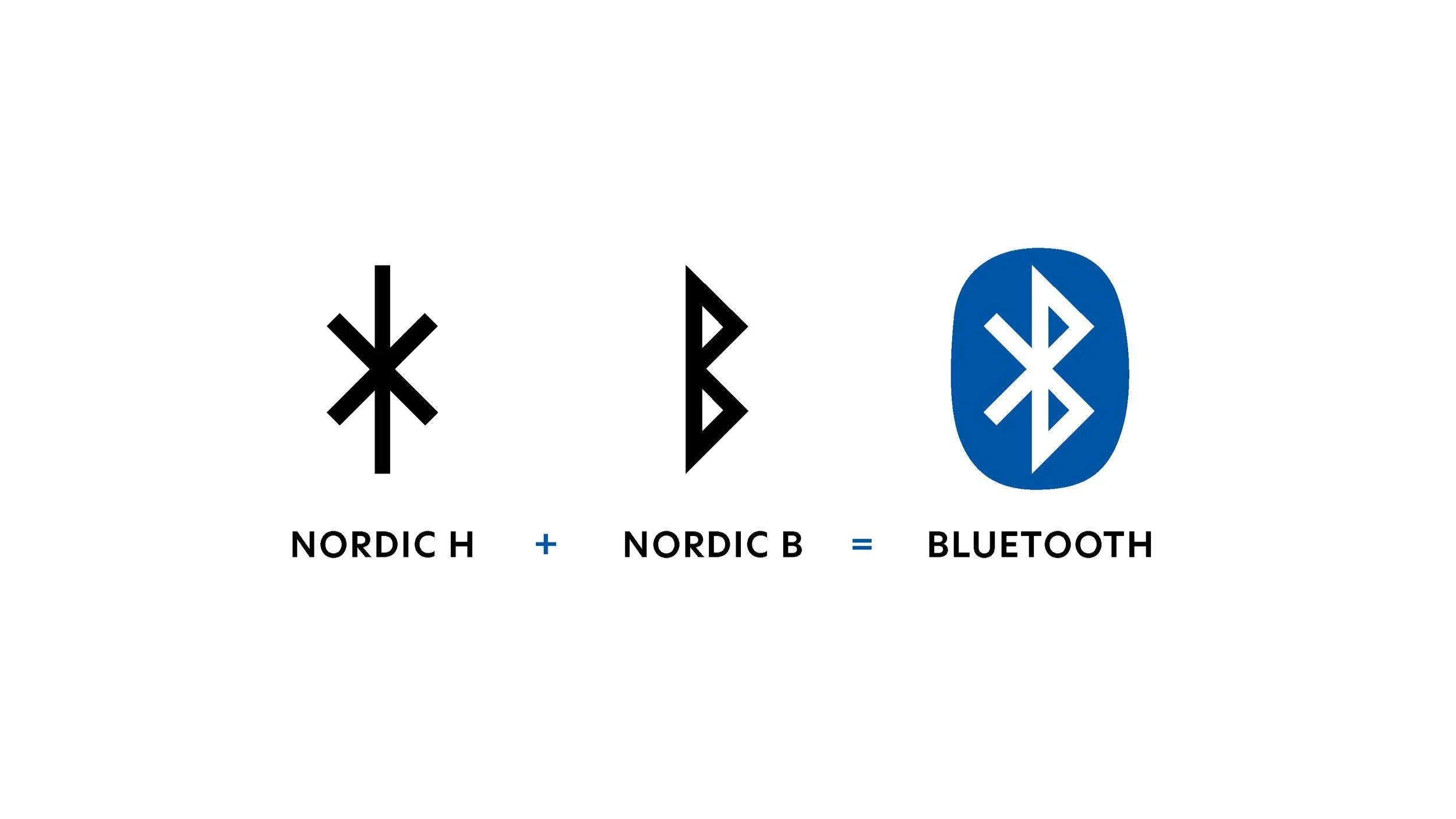True Stories: How a Viking king inspired wireless technology.
At Truth we love a good brand story and this is a truly fascinating and relatively unknown origin story of a brand we all interact with on a daily basis. Now everytime I see this ubiquitous symbol I think of this story and it makes me smile.
Bluetooth. The name conjures images of convenience – connecting your phone to your headphones, sharing files with a friend, or even unlocking your car door. But how did this ubiquitous technology come about? The answer lies not with a single inventor, but with a team at Ericsson and a touch of historical inspiration, reflected not just in the name, but also in the logo's fascinating design.
In the late 1980s, Ericsson, a Swedish telecommunications giant, saw the potential for wireless connections in a world dominated by cables. Nils Rydbeck, its Chief Technology Officer, teamed up with Johan Ullman, a physician and inventor, to find a way to ditch the wires for mobile headsets. They envisioned a technology that would be short-range, secure, and low-power – perfect for connecting devices within a personal space.
Enter Jaap Haartsen and Sven Mattisson, two engineers tasked with bringing this vision to life. Their mission: create a wireless standard for seamless communication between computers and headsets. After years of development, in 1994, the Bluetooth standard was born.
But where did the name and logo come from?
The team drew inspiration from Harald ‘Bluetooth’ Blåtand, a 10th-century Danish king known for his great communication skills and his ability to unite warring factions. They saw a parallel between the king's unifying role and Bluetooth's ability to connect previously incompatible devices.
The logo itself is where history and design truly meet. It's not just a random combination of shapes. It's a clever combination of the king's initials, H and B, cleverly intertwined in a bind rune.
Bind runes are a special type of rune inscription used in the Younger Futhark, an alphabet used by Scandinavian peoples from the late 8th to the 12th centuries. The Bluetooth logo specifically merges the runes Hagall (ᚼ), representing ‘H’, and Bjarkan (ᛒ), representing ‘B’. This visual combination not only pays homage to King Harald Blåtand, but also subtly reinforces the concept of connection that is core to Bluetooth technology.
Why was King Harald called Bluetooth?
The reason Harald Blåtand earned the nickname ‘Bluetooth’ is quite possibly not as glamorous as you might think! There are two main theories:
The Tooth Theory: The most widely accepted explanation is that King Harald had a rotten tooth. In Old Norse, ‘blåtand’ translates to ‘dark tooth’ or ‘bluish-black tooth’. This discoloured tooth became his distinguishing feature, earning him the nickname Bluetooth.
The Berry Theory: A less common theory suggests the nickname might have originated from a type of dark berry that stained his teeth. However, this theory has less historical backing compared to the rotten tooth explanation.
Whichever theory holds more weight, it's clear the nickname stuck and became part of his legacy. Centuries later, it would inspire the name of a technology that, in a way, bridges the gap between devices, much like Harald aimed to unite warring factions during his reign.
While Ericsson played a pivotal role in Bluetooth's creation, the technology itself is an open standard. This means different companies can develop and implement Bluetooth in their devices, fostering widespread adoption. Today, Bluetooth is a global phenomenon, connecting billions of devices and transforming the way we live, work, and play.
So, the next time you connect your phone to your speaker with a simple tap, remember the story behind the name, the logo, and the king who inspired it all. It's a testament to human ingenuity, a touch of history, and the power of collaboration, all woven together in a single, clever symbol.


